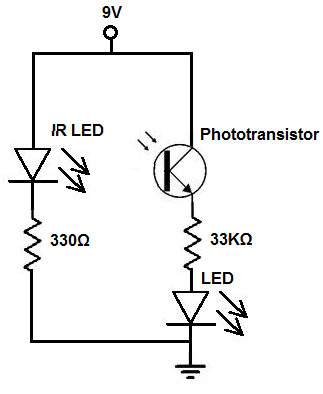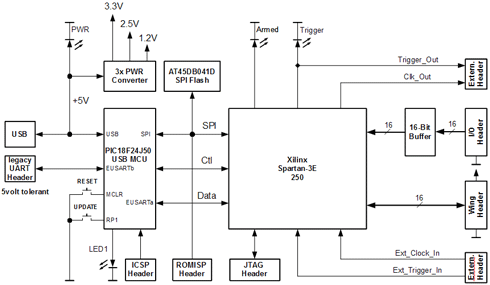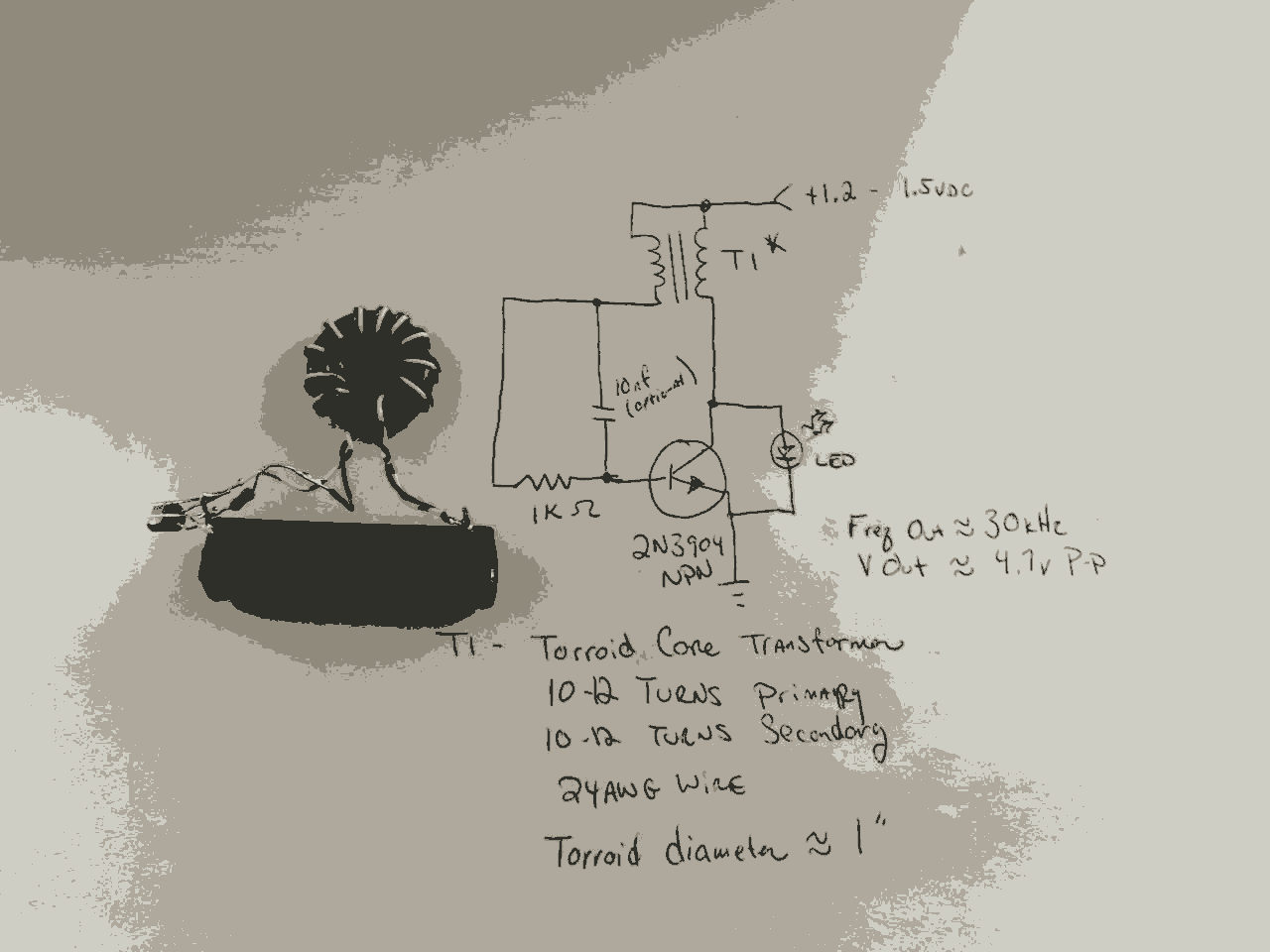
mk484 am radio circuit design project

The MK484 AM radio circuit offers a comprehensive solution featuring an RF amplifier, detection, and an automatic gain control (AGC) circuit. It requires only a few external components to achieve high-quality AM tuning. The circuit has an input impedance of 4 MΩ and operates within a frequency range of 150 kHz to 3 MHz. The integrated circuit functions with a DC supply voltage between 1.1 V and 1.8 V, with a typical operating voltage of 1.4 V and a current drain of 0.3 mA, making it ideal for battery-powered applications.
The MK484 AM radio circuit is designed to provide efficient reception of amplitude-modulated (AM) signals. The RF amplifier stage enhances weak incoming signals, improving overall sensitivity and selectivity. The detection circuit demodulates the AM signal, allowing audio frequencies to be extracted for further processing. The automatic gain control (AGC) circuit ensures consistent audio output levels by adjusting the gain of the RF amplifier in response to varying signal strengths, thus preventing distortion during strong signal reception.
The circuit's high input impedance of 4 MΩ is beneficial in minimizing loading effects on the antenna, allowing for better signal capture. Operating over a frequency range of 150 kHz to 3 MHz enables the circuit to cover the standard AM broadcast band, making it versatile for various AM radio applications.
The MK484 operates efficiently on a low DC supply voltage, making it suitable for portable and battery-operated devices. With a typical voltage of 1.4 V and a low current drain of 0.3 mA, the circuit is optimized for energy conservation, prolonging battery life in handheld radio receivers. The simplicity of the design, requiring only a few external components, facilitates easy integration into various electronic projects, making it an excellent choice for hobbyists and engineers alike.This MK484 AM radio circuit provides a complete solution including : RF amplifier, Detection and AGC circuit (automatic gain control ), which requires only a few external components to give a high quality AM Tuner. The circuit has an input impedance of 4Mohms and operates over a frequency range of 150KHz to 3MHz. The IC will run with DC supply bet ween 1. 1V and 1. 8V typical 1. 4V and a current drain of 0. 3mA makes it suitable for battery operation. 🔗 External reference
The MK484 AM radio circuit is designed to provide efficient reception of amplitude-modulated (AM) signals. The RF amplifier stage enhances weak incoming signals, improving overall sensitivity and selectivity. The detection circuit demodulates the AM signal, allowing audio frequencies to be extracted for further processing. The automatic gain control (AGC) circuit ensures consistent audio output levels by adjusting the gain of the RF amplifier in response to varying signal strengths, thus preventing distortion during strong signal reception.
The circuit's high input impedance of 4 MΩ is beneficial in minimizing loading effects on the antenna, allowing for better signal capture. Operating over a frequency range of 150 kHz to 3 MHz enables the circuit to cover the standard AM broadcast band, making it versatile for various AM radio applications.
The MK484 operates efficiently on a low DC supply voltage, making it suitable for portable and battery-operated devices. With a typical voltage of 1.4 V and a low current drain of 0.3 mA, the circuit is optimized for energy conservation, prolonging battery life in handheld radio receivers. The simplicity of the design, requiring only a few external components, facilitates easy integration into various electronic projects, making it an excellent choice for hobbyists and engineers alike.This MK484 AM radio circuit provides a complete solution including : RF amplifier, Detection and AGC circuit (automatic gain control ), which requires only a few external components to give a high quality AM Tuner. The circuit has an input impedance of 4Mohms and operates over a frequency range of 150KHz to 3MHz. The IC will run with DC supply bet ween 1. 1V and 1. 8V typical 1. 4V and a current drain of 0. 3mA makes it suitable for battery operation. 🔗 External reference





